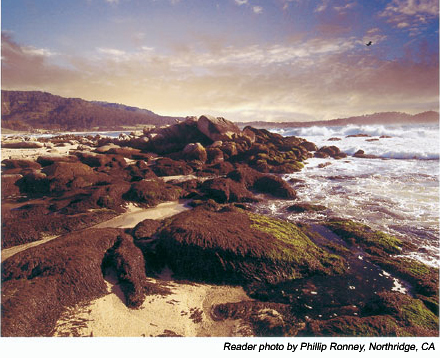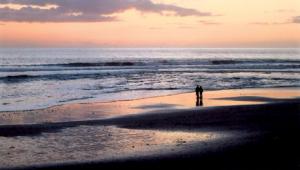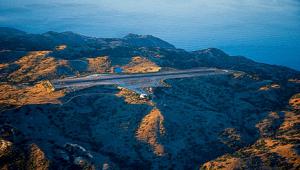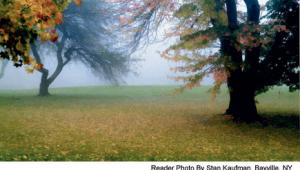Photographing Landscapes Page 2

If your camera has a built-in zoom lens, the wide-angle setting is an obvious
choice for landscape photography because you can include a lot of the scene.
But avoid creating a picture that's too flat-looking. A well-placed river
or road can serve as an interesting leading line, which guides the viewer's
eye through the photo. Also, be aware of the horizon. Be sure it's level
in your photos, as a crooked horizon line can be distracting. And be aware of
the "Rule of Thirds." The sky should usually be in the upper third
of the photo unless you feel it's an important part of the picture, then
it should encompass two-thirds.
After you shoot a broader view, zoom in to capture details of the scene. For
example, when photographing a red-rock landscape, try isolating the texture
or shape of one of the most interesting rock formations. You may find that these
simple compositions will result in your most powerful images.

Readers are encouraged to submit photos to our monthly Point & Shoot HomeWork
Assignment feature. Please see the table
of contents for the location of the entry coupon, which lists topics and more
details.
- Log in or register to post comments

















































